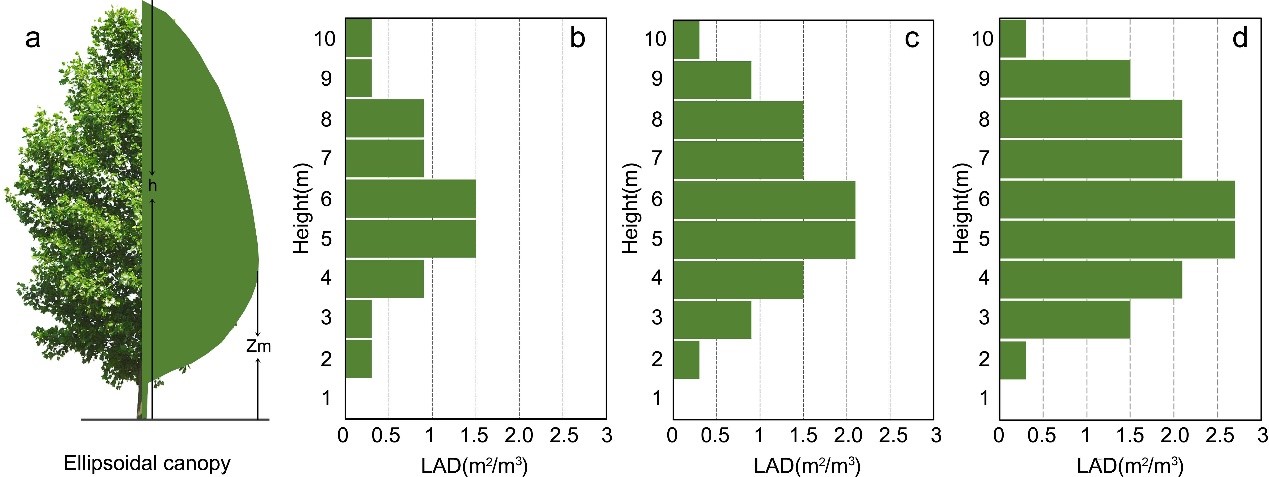| Location: Home > Papers |
| First Author: | WU Zhifeng |
| Abstract: |
The tree coverage of a green space strongly influences its cooling effects; however, knowledge about how the cooling capacity extends beyond a given green space remains limited, along with how modifications to micro-topography affect local thermal environments. Here, we aimed to clarify the cooling effects within and beyond a green space by systematically evaluating differing tree coverage and micro-topographic conditions. Specifically, idealized scenarios were designed and simulated using the micro-climate model ENVI-met. We found that both canopy size and tree number clearly influenced thermal environment conditions within and outside a green space during the daytime. The cooling capacity of the green space during the daytime was linearly correlated with the total leaf area of trees. We also found that modifications to micro-topography had stronger cooling effects on both the green space and adjacent open space in contrast to flat terrain scenarios. Increasing the connectivity of impervious spaces and green areas, along with appropriate micro-topographic modifications, could prevent surrounding impervious surfaces from becoming micro-scale heat islands during the daytime; thus, ameliorating heat stress conditions. The results of this research provide a baseline for climate-adaptive designs and planning of thermally comfortable urban landscapes in the future.
|
| Contact the author: | REN Yin |
| Page Number: | 108846 |
| Issue: | |
| Subject: | |
| Impact Factor: | |
| Authors units: | |
| PubYear: | April 2022 |
| Volume: | 316 |
| Publication Name: | AGRICULTURAL AND FOREST METEOROLOGY |
| The full text link: | http://dx.doi.org/10.1016/j.agrformet.2022.108846 |
| ISSN: | |
| Appendix: |
